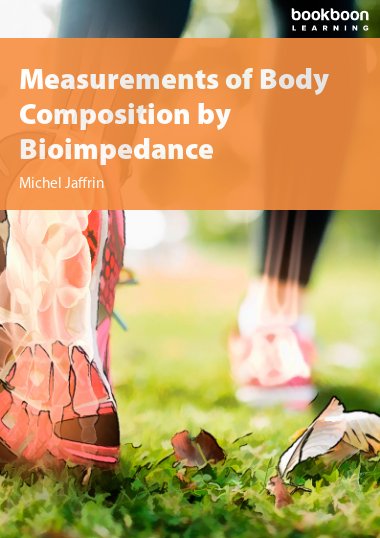The measurements of body composition, fat mass, fat-free mass, muscle mass, total body water, extra and intracellular waters are important to evaluate your health. These measurements can be made with simple devices, called impedance meters which provide the hand-to-foot resistance or the foot-to-foot one. The knowledge of these resistances together with body height, weight and age permit to calculate fat mass (FM), or fat-free-mass (FFM), total body water (TBW), extracellular (ECW) and intracellular water (ICW). The 1st and 2nd chapters present the various types of medical impedance meters used in supine position with four adhesive electrodes on hand and foot and foot-to-foot ones (FFI) used in standing position with electrodes on a body scale. The introduction in 2003 of Japanese and Korean eight electrode impedance meters with four plantar and four hand electrodes permit to measure limb FM and FFM in standing position in a single operation. The 3rd chapter presents the main applications of impedance meters described in the relevant literature, which cover FFM, FM, TBW, ECW and ICW, together with measurements by Dual X-Ray absorptiometry which can be considered as a reference method. The 4th chapter describes methods for increasing the accuracy of FFI by optimizing electrodes design. The discussion in the 5th chapter evaluates the error in FM caused by inaccurate resistance measurements. The 6th chapter concludes that the advantage of FFI over medical devices is that they permit rapid impedance and weight measurements. But their design should facilitate the reproducibility of correct heels position on the scale for better accuracy.

